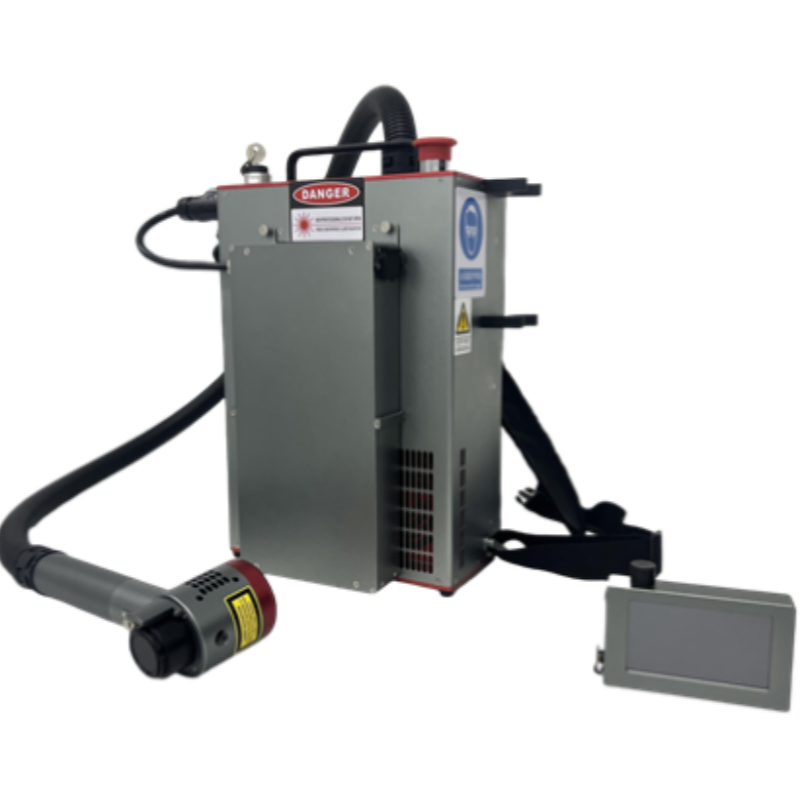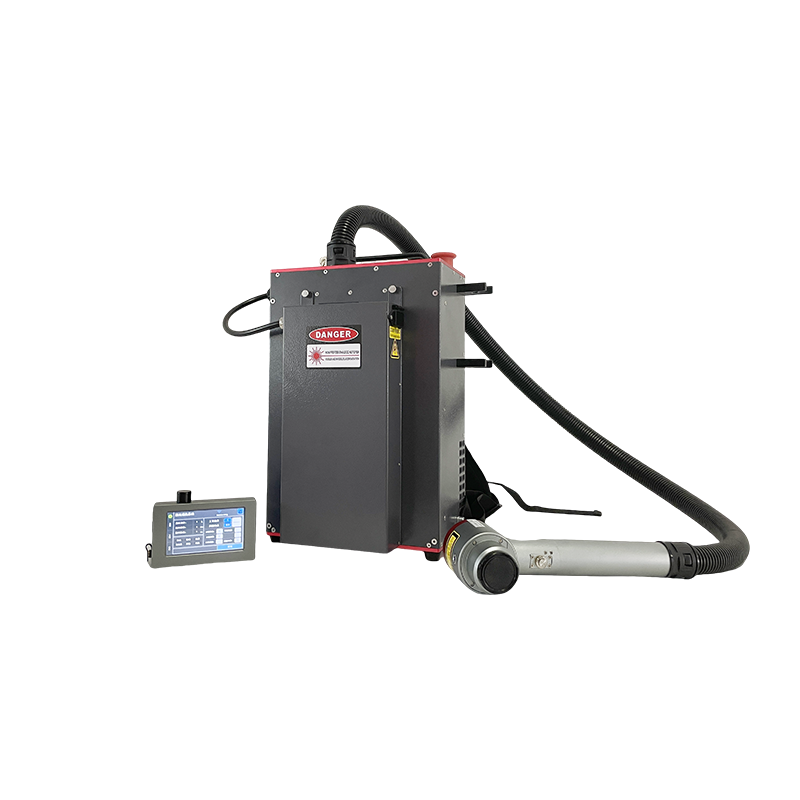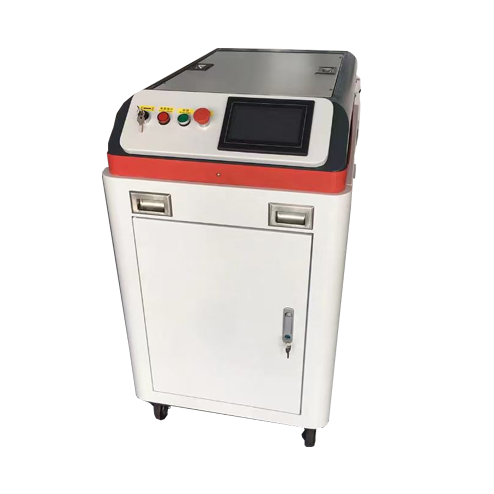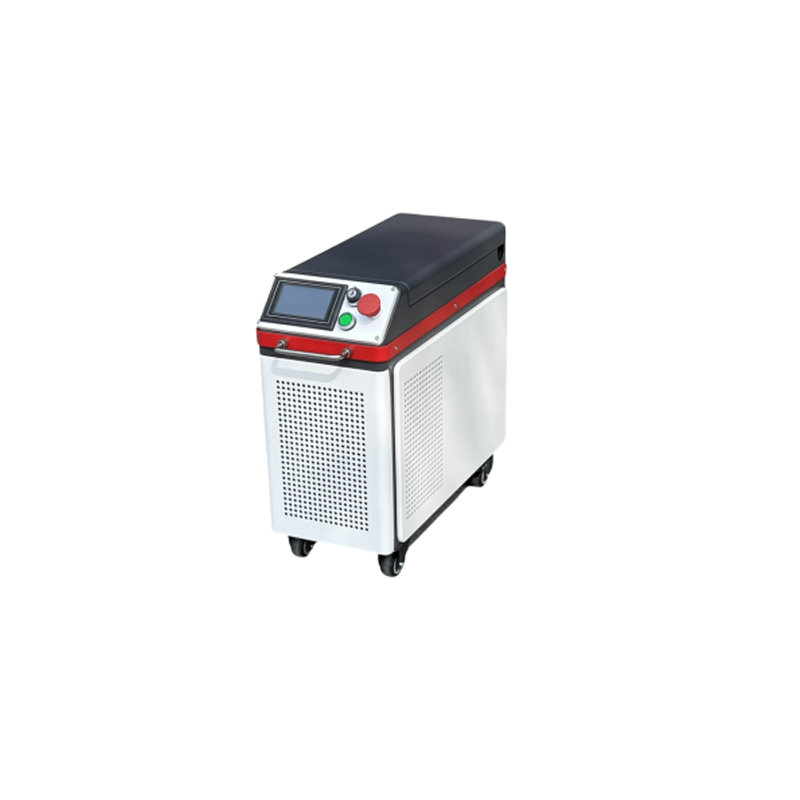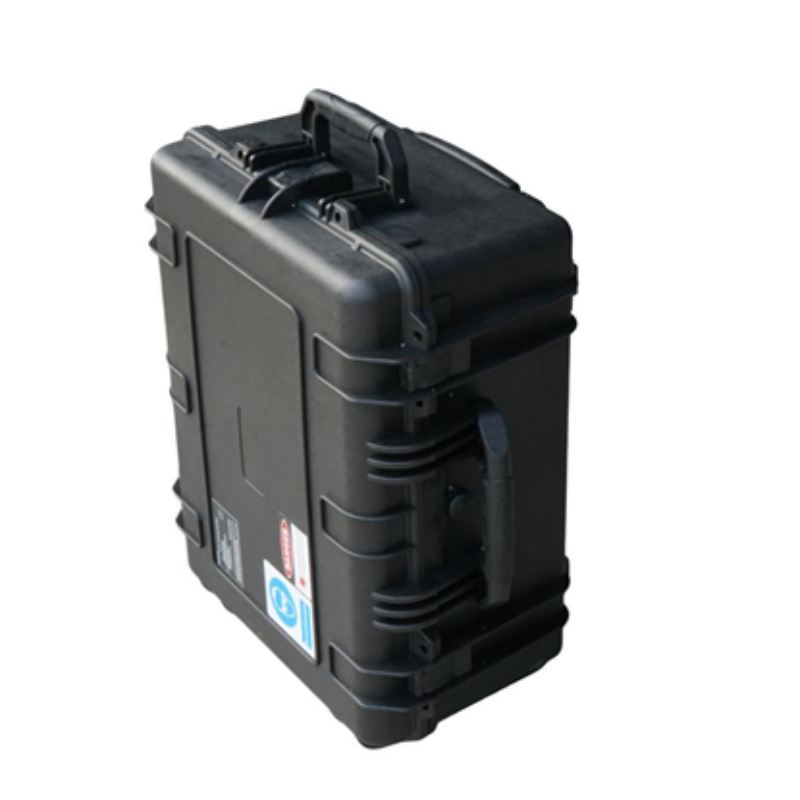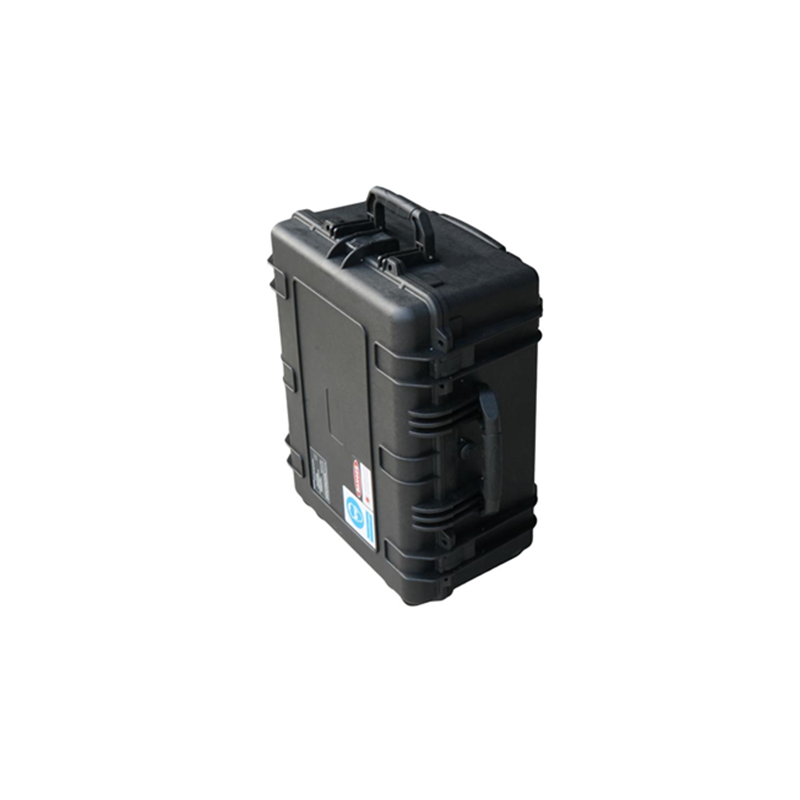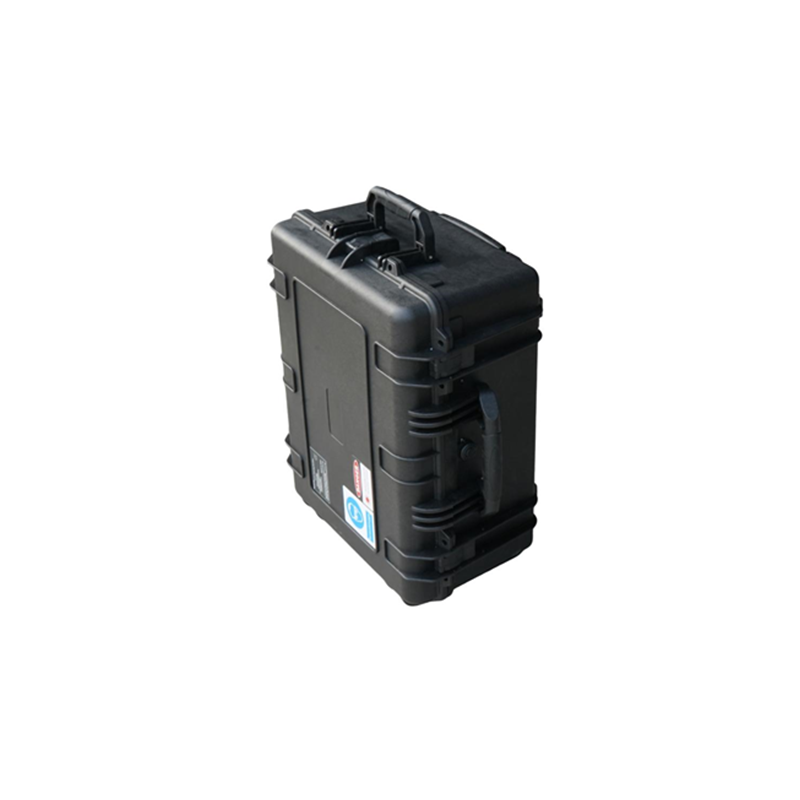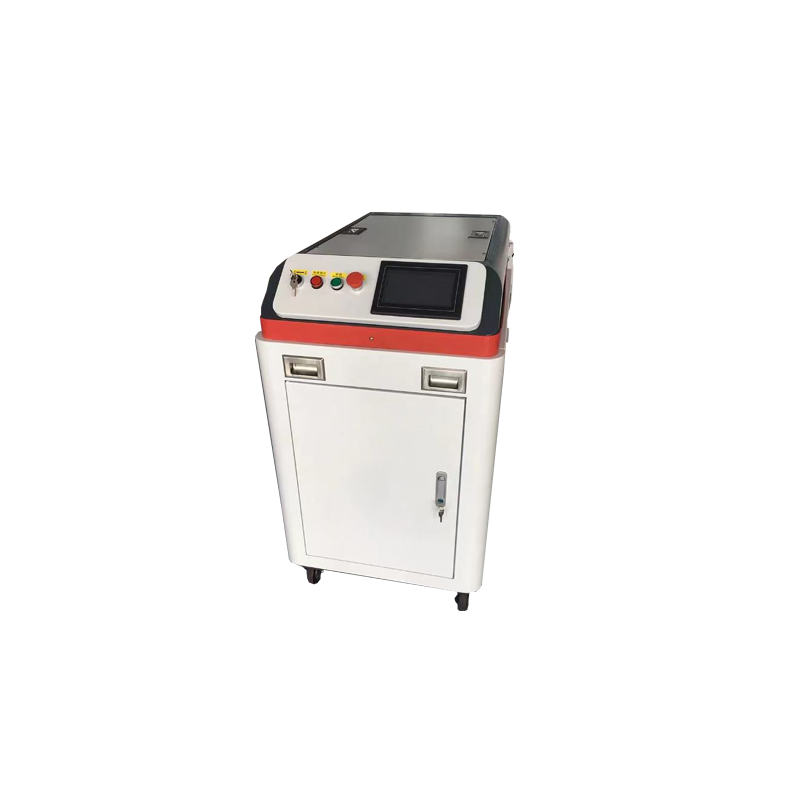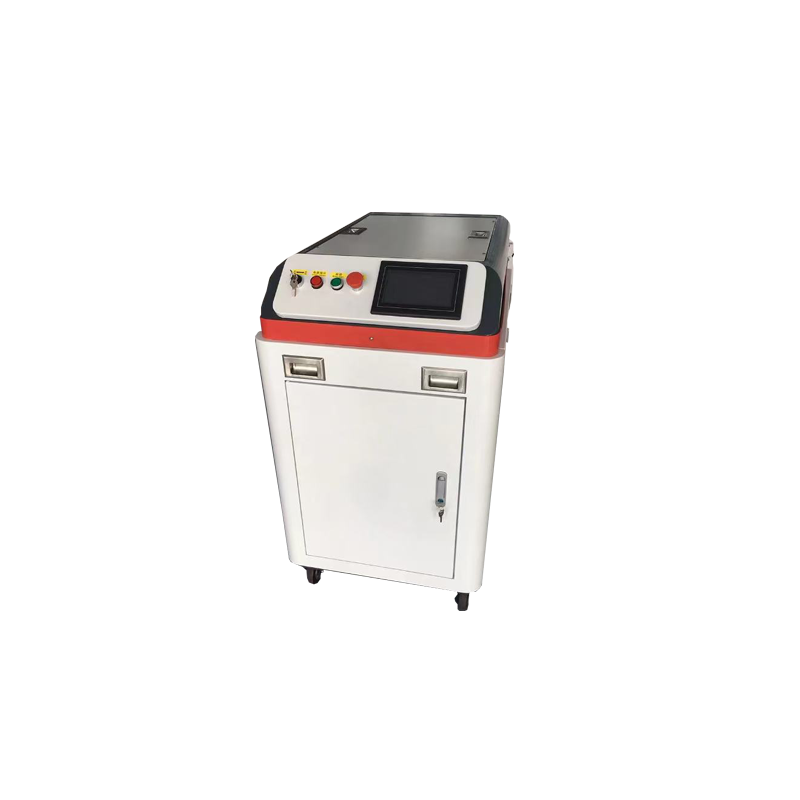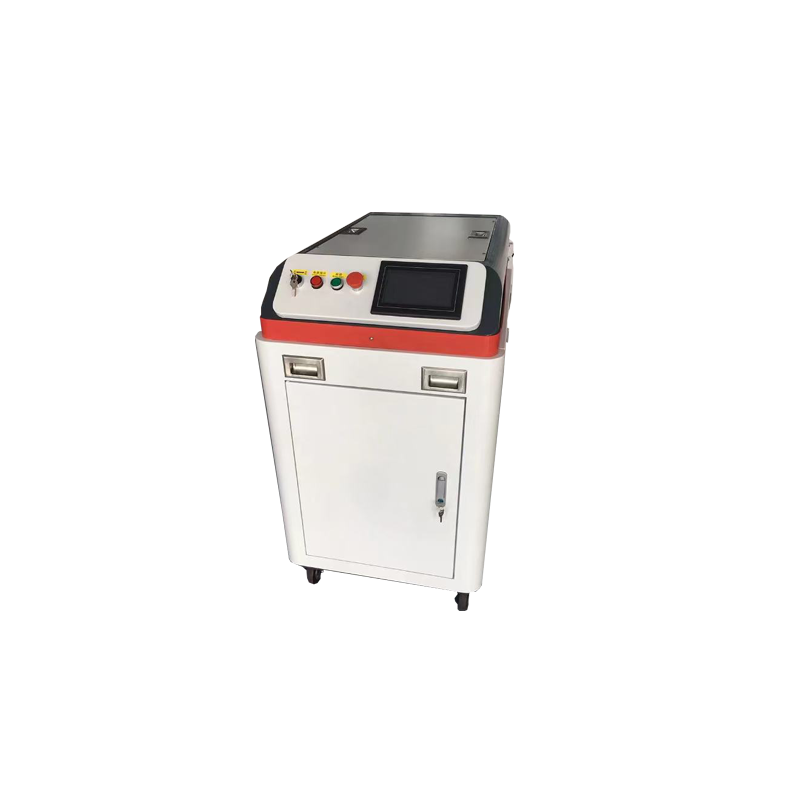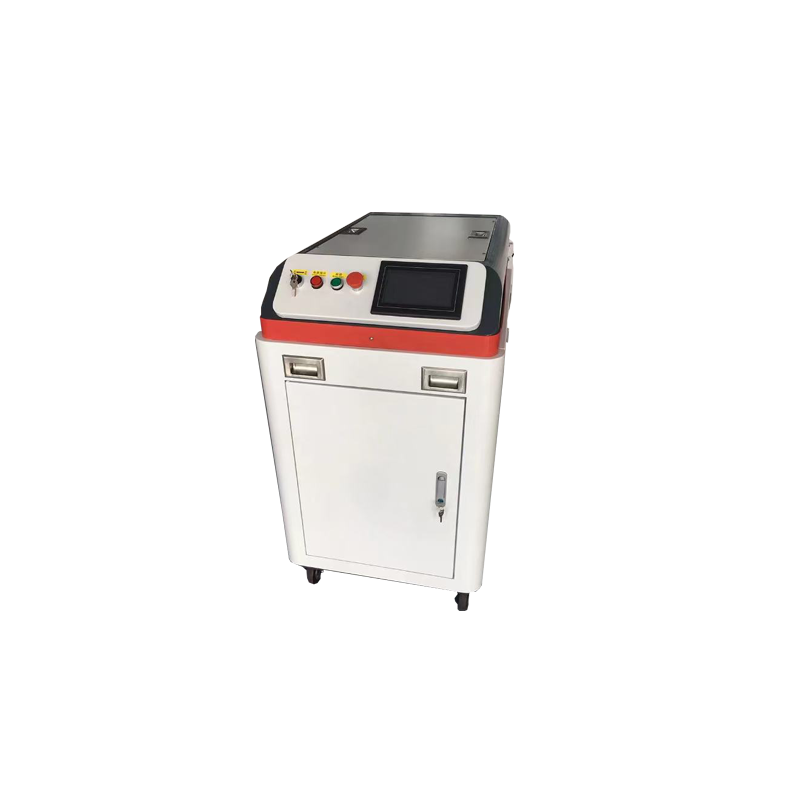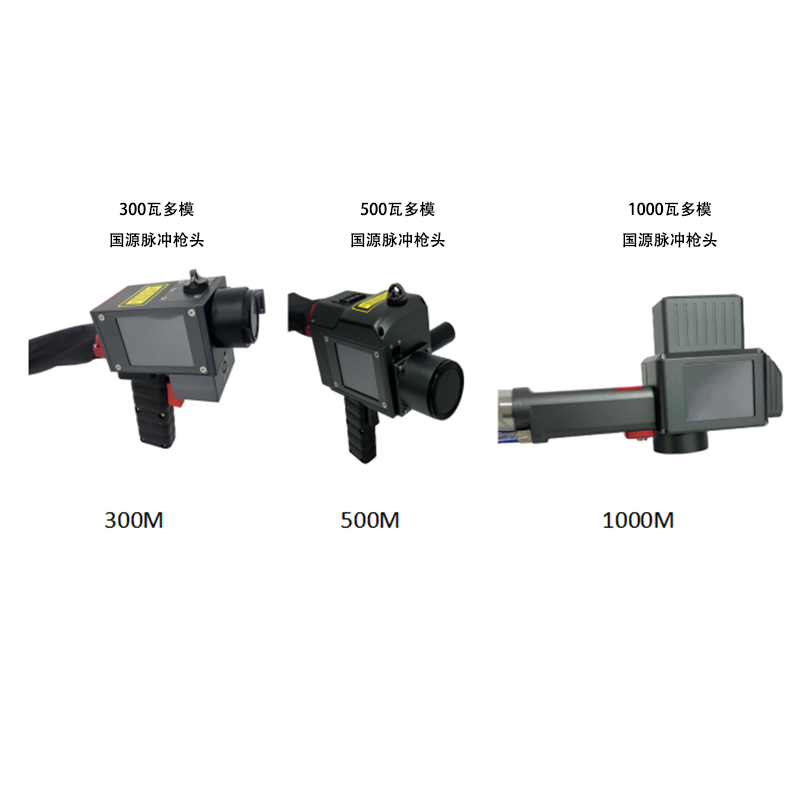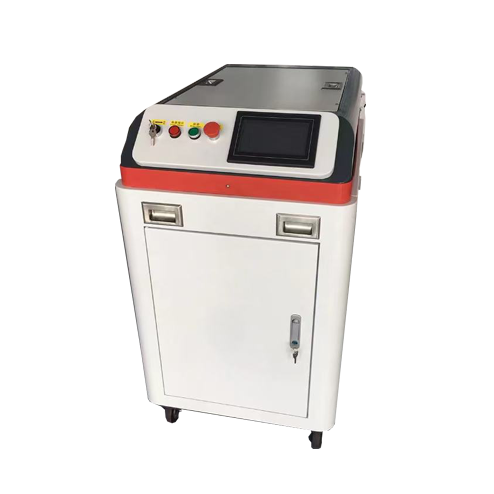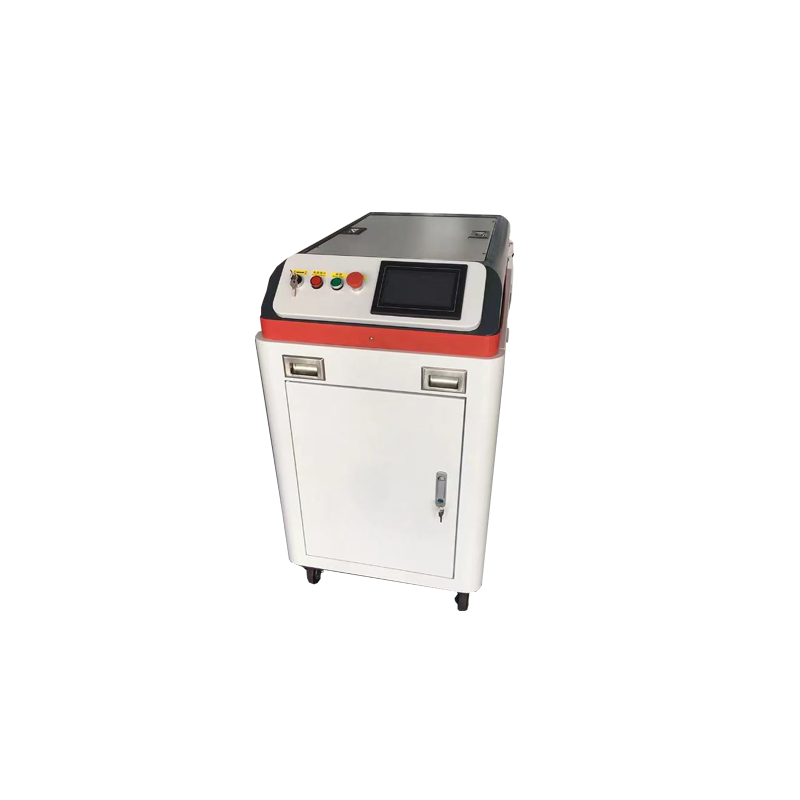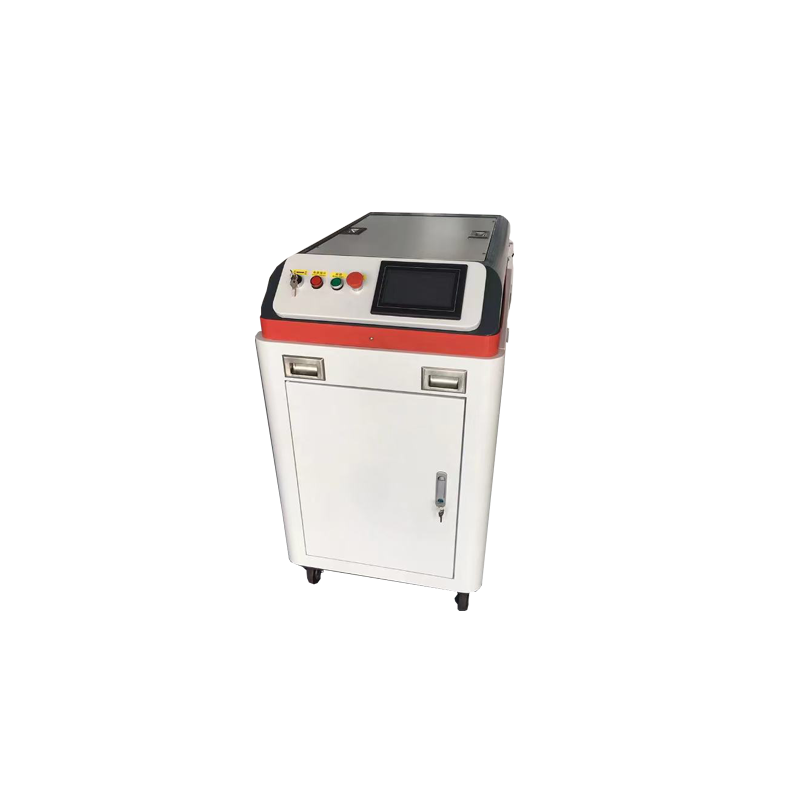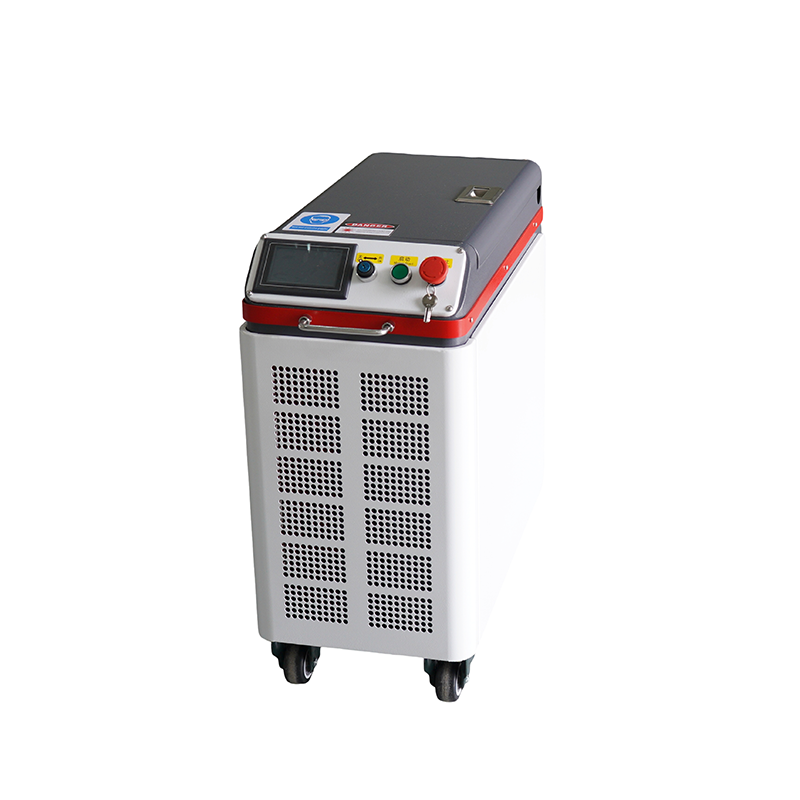The degree of thoroughness in a pulse marking machine refers to how completely and accurately it records or analyzes pulse-related data, such as heart rate variability (HRV), pulse wave characteristics, or other cardiovascular metrics.
Key Factors Affecting Thoroughness:
Sensitivity & Accuracy
High-quality sensors ensure precise detection of pulse waveforms.
Advanced algorithms improve signal processing, reducing noise interference.
Sampling Rate & Resolution
A higher sampling rate captures more data points, improving detail.
Better resolution ensures subtle variations in pulse are recorded.
Data Analysis Depth
Basic machines may only measure heart rate (HR).
Advanced systems analyze HRV, pulse wave velocity (PWV), and arterial stiffness.
Integration with AI/ML
Machine learning can enhance pattern recognition for better diagnostics.
AI-driven insights improve predictive analysis (e.g., stress levels, cardiovascular risks).
User-Specific Calibration
Adjustments for age, fitness level, and medical conditions enhance accuracy.
Adaptive algorithms tailor readings for individual physiology.
Applications:
Medical Diagnostics (early detection of arrhythmias, hypertension).
Fitness & Wellness (tracking recovery, stress levels).
Research (studying autonomic nervous system responses).

